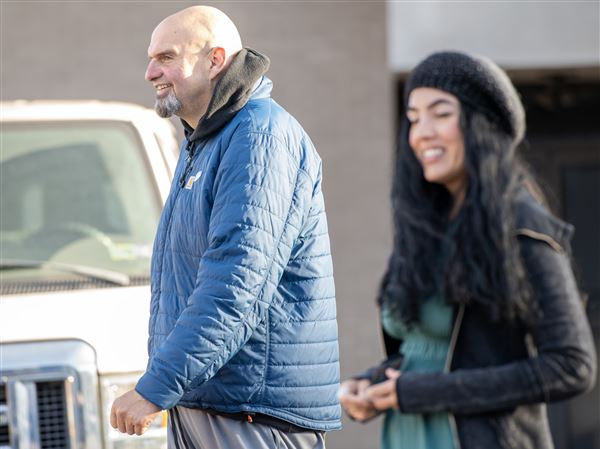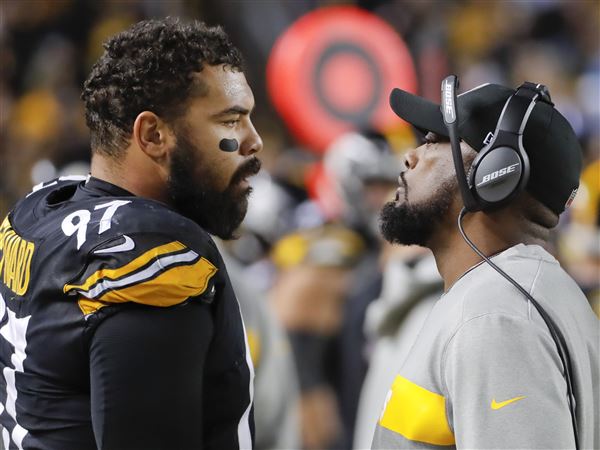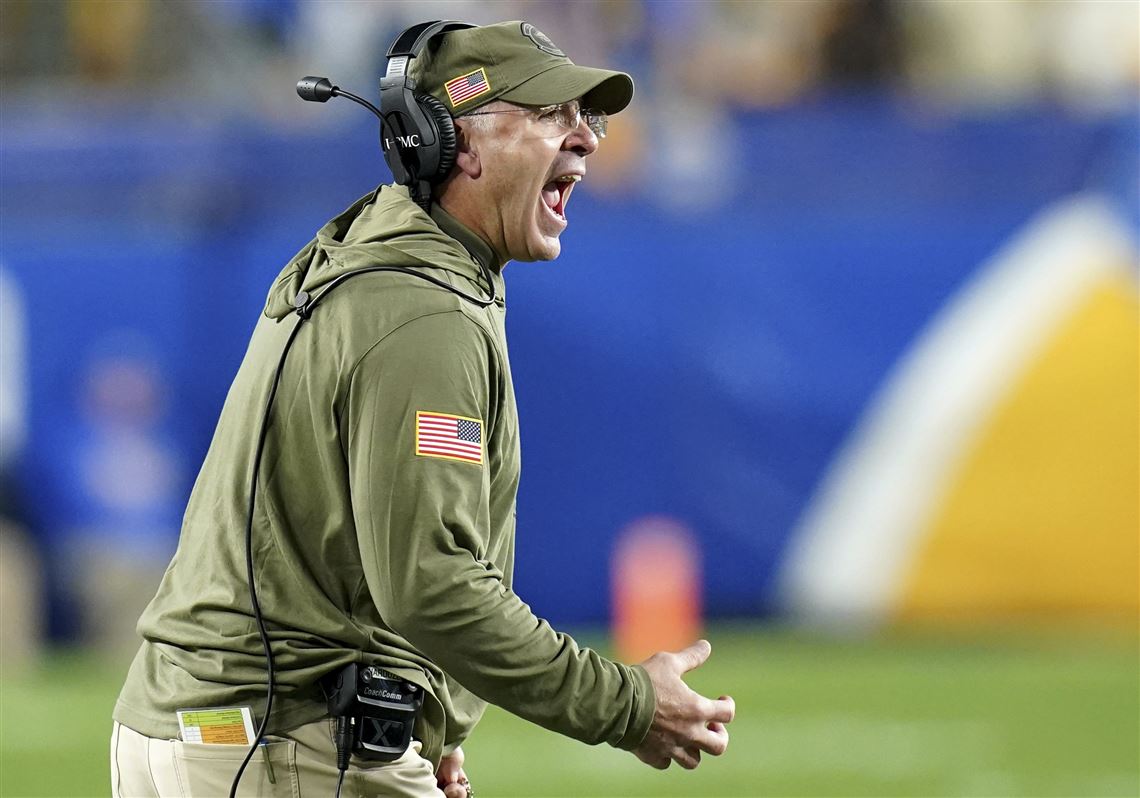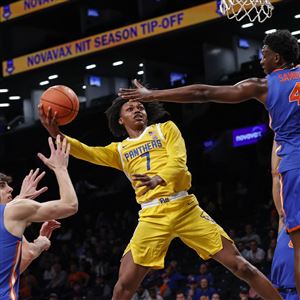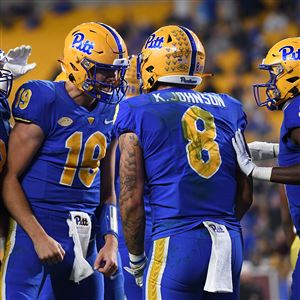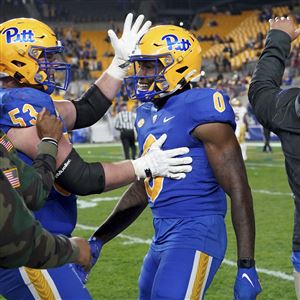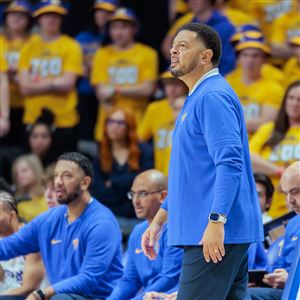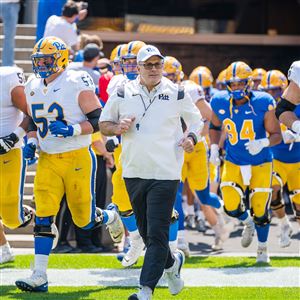Pat Narduzzi is all for a key adjustment in the use of headset technology being added to the helmets of quarterbacks and linebackers in college football. It’s not a new revelation for the ninth-year head coach of Pitt football, but it’s a proposal he continues to publicly support during his weekly press availabilities.
“I think it would eliminate some of the signal stealing that we've had throughout the country,” Narduzzi said Monday from his podium at UPMC Rooney Sports Complex. “It's been a hot topic, that no one can see what you're saying unless they start reading lips, but that's why everybody is going to go like this, and they can't read my lips, either. But there's a lot of that going on. It's not just in one place. There's a lot of it going on, and it's been going on for years, so I think it would be great. They've got to find a way to use it.”
Just a month ago, Narduzzi went on record to say sign stealing happens frequently in college football in response to a question about the NCAA investigation into Michigan’s football program for sign-stealing allegations. Narduzzi’s belief is so strong that he’s organized his coaching staff to have systems in place to disguise their signals.
“We worry about our signals all the time,” Narduzzi said in October. “We change our signals up. That’s why we use offensive wristbands. And that’s why [former offensive coordinator Mark] Whipple used to bring our players over and tell them the play. It’s harder to steal a wristband.”
As for Pitt, Narduzzi doesn’t see a use for knowing an opponent’s signs and signals. He’d rather his team focus on winning the matchups in front of them, playing fast and winning their own way.
“To me, as a defensive guy, I get scared that offenses will go even faster because they can tell the quarterback immediately what's going on,” Narduzzi said Monday. “I could care less about signals. We try to just play football here at Pitt, so we don't steal signals. We're not into any of that. I can't figure out how you'd use it on defense anyway.”
For Narduzzi, the solution is simple: Add communication devices to the helmet of one player on both sides of the ball.
“A way to correct all that is let the quarterback have a mic,” Narduzzi said. “Let the Mike linebacker have a mic. You've got a 40-second clock — you can't snap the ball until 10 seconds or 15 seconds come off the clock.
“It eliminates the fast tempo,” Narduzzi continued. “And again, the Mike linebacker can get in the huddle and tell everybody what's going on. Now we know there's no stealing anything, and you can have real football the way it should be played.”
Such player-to-coach communications aren’t allowed yet in college football, but that could change soon. The 2021 Bayou Classic between Southern and Grambling State featured helmet communications as an experiment and received positive reviews. But the NCAA has dragged its feet on the issue, and no further rules changes have come because of the Bayou Classic, even as more coaches like Narduzzi voice their support of the change.
As more information comes out from the NCAA’s investigation into Michigan’s sign-stealing scandal, voices like Narduzzi’s may only grow louder in the coming months.
Christopher Carter: ccarter@post-gazette.com and on Twitter @CarterCritiques
First Published: November 22, 2023, 9:51 p.m.
